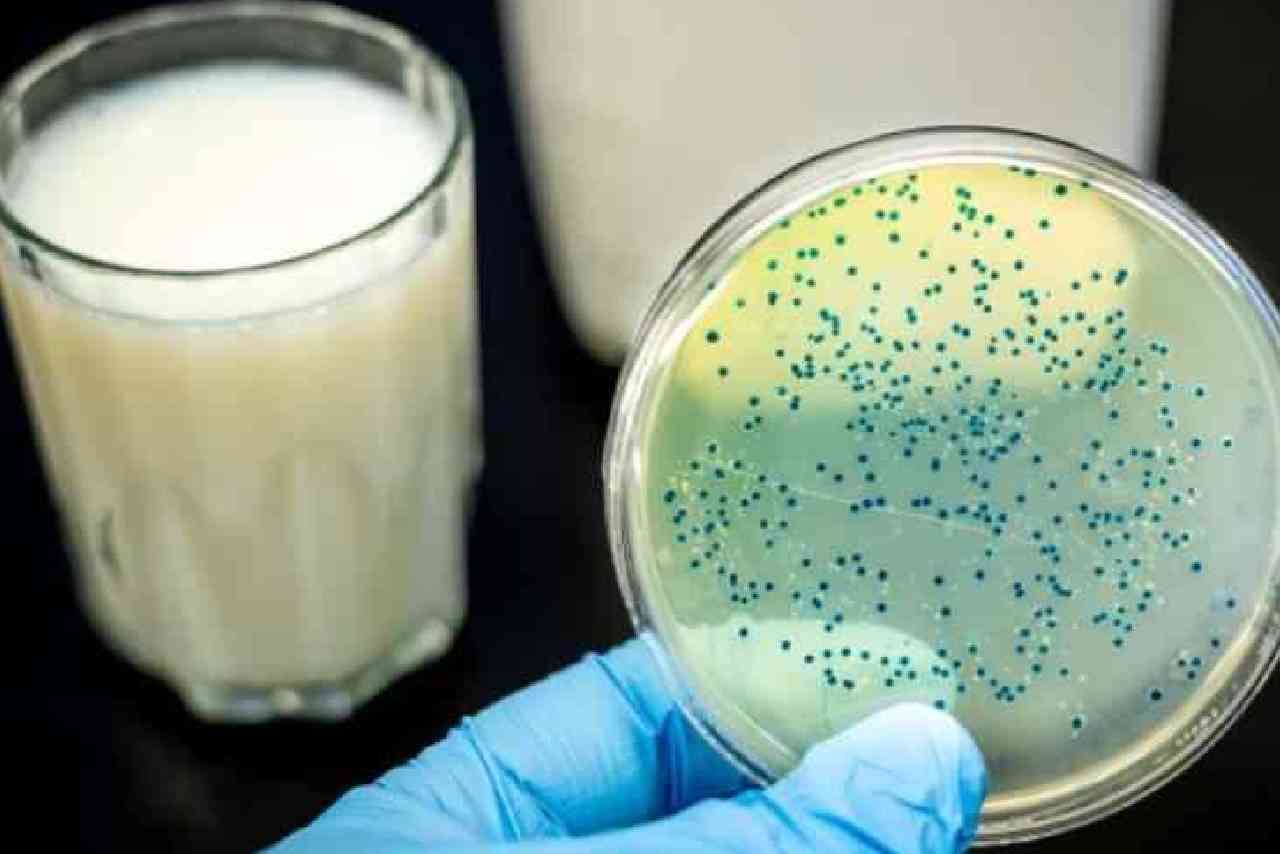
Kenya’s fertility rate has dropped by nearly half. [Courtesy]
America has revived the conversation around declining fertility rates after releasing a record low in births.
US government data last week showed that the country had reported the largest single-year drop in birth rates in nearly 50 years among women across all age groups, major races and ethnic groups.
Facts First
This story continues on The Standard INSiDER. Subscribe now for unfiltered journalism that holds power to account.
Already have an account? Login
 The Standard Group Plc is a multi-media organization with investments in media
platforms spanning newspaper print
operations, television, radio broadcasting, digital and online services. The
Standard Group is recognized as a
leading multi-media house in Kenya with a key influence in matters of national
and international interest.
The Standard Group Plc is a multi-media organization with investments in media
platforms spanning newspaper print
operations, television, radio broadcasting, digital and online services. The
Standard Group is recognized as a
leading multi-media house in Kenya with a key influence in matters of national
and international interest.











